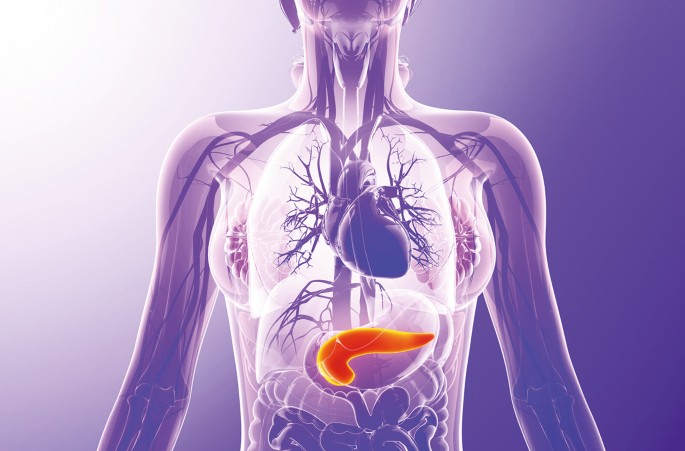
Human islets show plasticity | Nature Reviews Endocrinology
- Select a language for the TTS:
- UK English Female
- UK English Male
- US English Female
- US English Male
- Australian Female
- Australian Male
- Language selected: (auto detect) - EN
Play all audios:

In a new study published in Nature, Pedro Herrera and colleagues report that modified human α-cells and γ-cells can produce insulin, and when transplanted into a mouse model of diabetes
mellitus, modified human α-cells can reverse symptoms of diabetes mellitus. This study provides evidence to suggest that the adaptive capacity of adult cells is greater than previously
thought.
In the present study, the team investigated whether human pancreatic cells are able to adapt in the same way mouse pancreatic cells can. They first sorted pancreatic cells from patients with
diabetes mellitus and healthy donors by cell type, and focused on two of the non-insulin-producing cells, α-cells and γ-cells. “We knew that α-cells in mice upregulate several key β-cell
transcription factors, such as PDX1 and MAFA, following β-cell ablation,” adds Herrera. “Therefore, we decided to express these transcription factors in isolated purified labelled human
α-cells and γ-cells.”
Anyone you share the following link with will be able to read this content:
